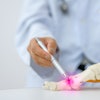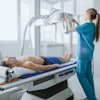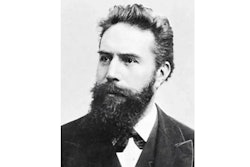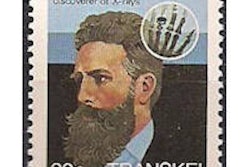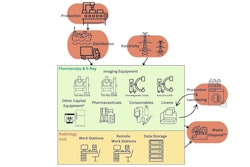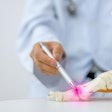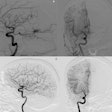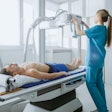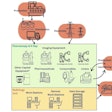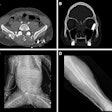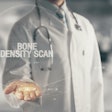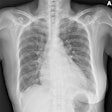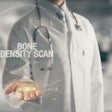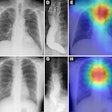The descendants of University of Pennsylvania physicist Arthur Goodspeed have donated images he took in 1896 -- and which could be the earliest known x-rays, according to a feature posted October 6 on WHYY.
In an old box, Goodspeed's relatives found two thin glass plates printed with black and white images showing metal in the frame of a coin purse and two dark circles that look to be coins, perhaps quarters or silver dollars, WHYY reported. The plates have been authenticated by archivists and conservationists at the university, and are "believed to be among the earliest x-ray images in the world, an immediate precursor to medical x-rays of human bones and body parts and the birth of academic radiology departments in the United States," the story noted. The family has donated the plates back to the university and its archives.
The images were made when Goodspeed was experimenting with creating images of coins and brass weights using electrical charges, according to the WHYY report. He had a collection of Crookes tubes -- glass cylinders used to show how cathode rays behave -- and these tubes were emitting radiation while Goodspeed was determining how to photograph a stack of glass plates. When the plates were developed, the x-ray images appeared. He later took further pictures of the coin purse, WHYY said.

